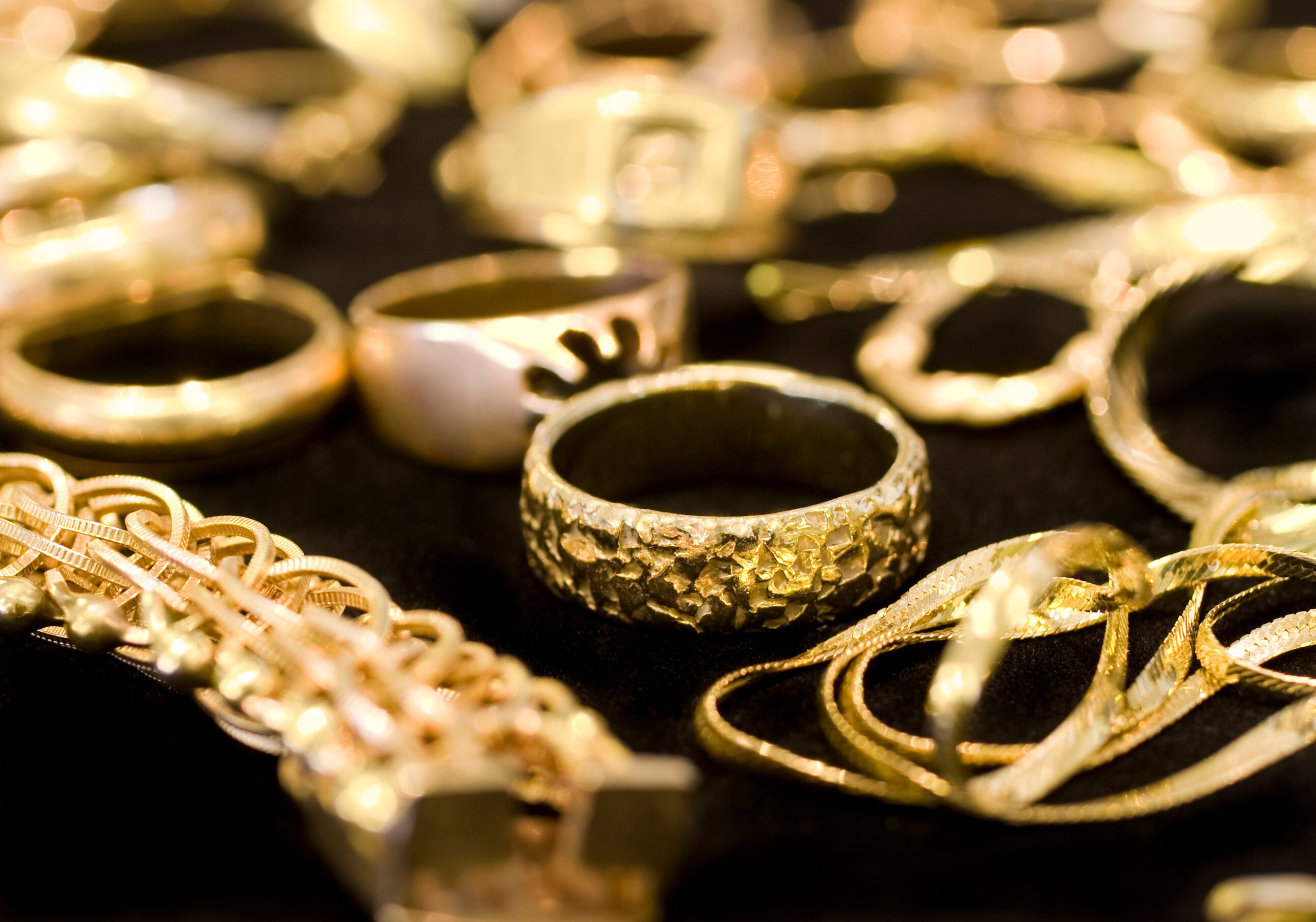 Editor’s Note: We received an inquiry regarding our article, How Gold Plating is Done, Step by Step by Calla Gold, a Santa Barbara jeweler specializing in custom jewelry design and jewelry repair. She consulted her own experts and supplied the answer below. Thank you to our reader for the question.
Editor’s Note: We received an inquiry regarding our article, How Gold Plating is Done, Step by Step by Calla Gold, a Santa Barbara jeweler specializing in custom jewelry design and jewelry repair. She consulted her own experts and supplied the answer below. Thank you to our reader for the question.
Reader’s Question:
I am looking to plate some items and I want to know how to add a very heavy coat. Could I do a 14k or 18k base coat and then do the 24k coat over that?
Author’s Answer:
Platers use the term “thickness” as opposed to “heavy.” To get a thicker plating (ie: heavy layer of gold) you simply plate the parts longer. If you leave something in the plating bath for five minutes as opposed to one minute you will get a thicker deposit of gold.
Be aware that you may get a dull or burned finish if you plate something for too long. You can lower the current and be sure the solution is constantly agitated to help prevent this problem.
If the plating comes out a little dull you can give it a light polish with a rouge wheel and then re-plate with the emphasis the second time on color and luster instead of thickness. Be sure to clean the parts very well when you go back a second time after polishing.
There is generally some confusion about plating karat and “heaviness.”
Most gold plating baths are 24k to start with regardless of what karat is listed on the label. If you were to scrape off the gold from a plated item and assay it, it would generally come up approx 23.8K or 24K. This is not always the case but true in most situations. Different chemicals are added to various gold plating solutions to make the color lighter or darker, rosier or more yellow (ie: 10k, 14k, 18k etc). The richer the color and higher the karat do not equal heavier or thicker plating. Plating an item in a 24k plating bath for 30 seconds compared to plating an item in a 14k bath for 30 seconds will not give you a heavier/thicker layer of plating. However, If you plated an item in a 14k bath for 2 minutes and then plated another item in a 24k bath for 30 seconds, the item plated in the 14k bath would have a heavier or thicker layer of gold.
Also, If you plate something in a 14k bath and then in an 18k bath and then finally a 24k bath you will get a heavy coat only because you plated it three times.
Note: If you come across a piece jewelry and don’t know what it is, or if you want to verify the gold content or the carat amount, you can utilize x-ray fluorescence technology. XRF precious metals analyzers are fast, simple, nondestructive solutions for gold, precious metals, and alloy analysis. You can measure the content of all gold and precious metals, as well as determine the presence and concentration of other trace, alloying elements, and dangerous heavy elements, which could impact health and the valuation of your pieces.



I would like to start gold plating some of my own jewellery, plus other stuff as I get asked by neighbours and friends, so I am not looking to create a business unless it gets to a stage where I am asked to do so, by market forces as (and if) my reputation spreads.
I don’t know what to do to get started, as there is so much things to buy, and I am feeling a bit overwhelmed by it all. Can I ask you for some advice? I need to know what I need to buy, and if there is any literature regarding good practise, etc.
Hi Brian– We are not in the business of plating, or even jewelry making, so maybe our readers can help. You may also get more insight by reading one of our previous articles:How Gold Plating is Done, Step by Step
Hello,
I am interested in doing 18k plating for jewellery, but I do not have any idea of making the 18k plating solution from 24k gold. Please assist me if possible. I am in Nepal, and importing the ready made 18k solution is not possible due to the restrictions in chemicals found in the ready made solution. Is there any way of preparing the 18k plating solution from available chemicals found locally. Please help to provide me the steps or process to start with as well.
Thank You,
Biky
Maybe our readers can help?
After reading your posts, I learned a lot about Fake Gold Plating. I used to have a hard time understanding the various levels. But now I know exactly what you’re talking about! Thank you a lot! This blog was very detailed and well-written, a must read.
“Thank you for sharing this informative article on testing gold by karat weight. The clear explanations and helpful images make it easy to understand the process. Great work!”